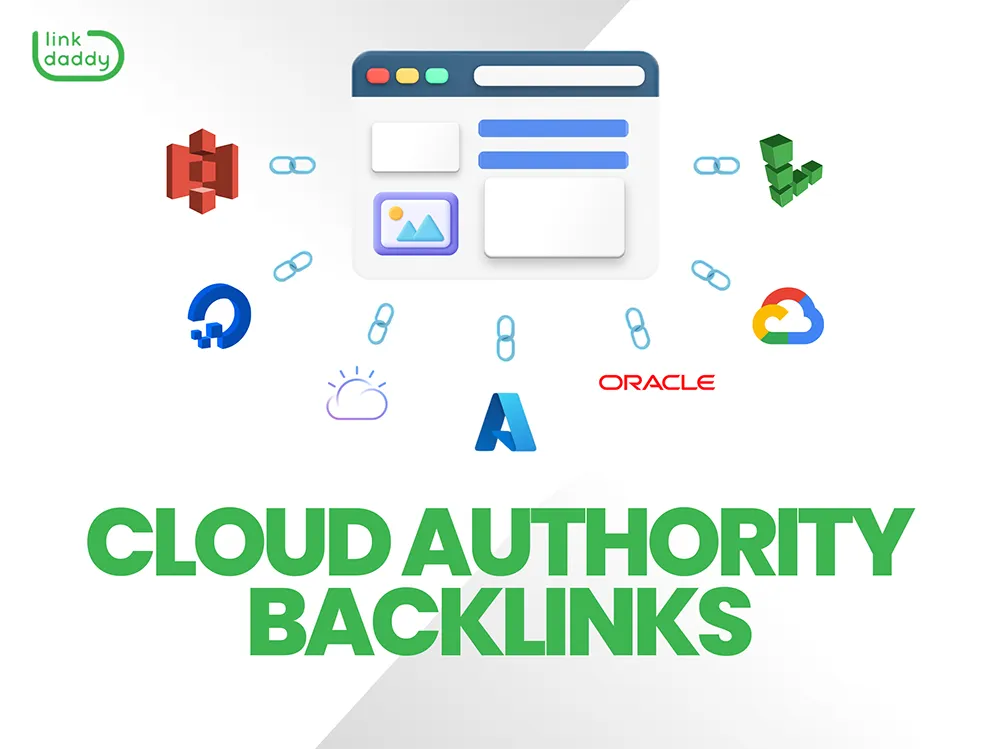Comprehending the Various Kinds of Cloud Services and Their Usages
In today's digital landscape, the realm of cloud computing uses a diverse variety of solutions that accommodate the demands of businesses and individuals alike. From Infrastructure as a Solution (IaaS) to Software Application as a Solution (SaaS), each sort of cloud solution serves a special objective and supplies distinctive benefits. Recognizing the differences in between these various cloud models is vital for maximizing procedures, boosting scalability, and ensuring cost-efficiency in a progressively interconnected world. By exploring the nuanced performances and applications of each cloud solution, one can navigate the complexities of cloud computing with accuracy and insight.
Infrastructure as a Solution (IaaS)
Framework as a Solution (IaaS) supplies individuals with virtualized computing resources over the web on a pay-as-you-go basis. This cloud computing model delivers essential IT framework such as online makers, storage, and networking without the need for organizations to invest in and manage physical servers and information facilities. With IaaS, users can scale sources up or down based on their requirements, offering flexibility and cost-efficiency.
Among the crucial benefits of IaaS is its capacity to quickly arrangement and deploy framework elements, allowing businesses to react rapidly to transforming needs and market conditions. By contracting out facilities management to the provider, organizations can concentrate much more on their core business tasks rather than taking care of the complexities of hardware upkeep and upgrades.
Moreover, IaaS uses a high level of integrity and safety and security, with service providers commonly offering durable data backup, calamity recovery, and cybersecurity measures. This assists ensure that essential company procedures remain uninterrupted and information remains secured versus potential dangers. linkdaddy cloud services. Generally, Framework as a Solution simplifies IT operations, enhances scalability, and minimizes capital investment for organizations of all dimensions
System as a Solution (PaaS)
Structure upon the foundation of Infrastructure as a Service (IaaS), Platform as a Solution (PaaS) offers a detailed atmosphere for designers to produce, deploy, and handle applications without the complexities of underlying infrastructure administration. PaaS offers a platform with devices and services that improve the development process, allowing programmers to concentrate on composing code and building applications instead of handling infrastructure issues.

Software Program as a Solution (SaaS)
Software as a Solution (SaaS) changes the way services accessibility and use software program applications by providing them on a registration basis via cloud carriers. This cloud computing design removes the need for companies to preserve and mount software on private tools, as everything is held and handled centrally in the cloud.
SaaS gives a cost-effective option for services as they just pay for the software application they use without the included costs of hardware upkeep or software program updates. It additionally provides scalability, enabling business to easily adjust their software demands based upon their demands.
Moreover, SaaS applications can be accessed from any device with a net link, promoting partnership and versatility amongst remote groups. Safety is a top concern in SaaS, with providers executing Get More Info robust steps to safeguard data kept in the cloud.
Popular instances of SaaS include customer connection administration (CRM) software application like Salesforce, efficiency tools like Microsoft Office 365, and collaboration platforms like Google Work area. SaaS remains to gain traction in the business globe as a result of its scalability, cost-efficiency, and comfort.
Function as a Service (FaaS)
With the development of cloud services like Software as a Solution (SaaS) simplifying software program shipment, Function as a Solution (FaaS) represents a paradigm change in exactly how code is performed in a serverless environment. FaaS allows programmers to compose and execute individual features or items of code in reaction to specific occasions without the need to take care of the infrastructure. This serverless computer model makes it possible for designers to focus only on composing code to carry out certain performances, without worrying themselves with the underlying facilities or server monitoring.
Functions are implemented in stateless containers that are spun up and down as required, ensuring optimal source application and cost-effectiveness. By abstracting the facilities layer, FaaS streamlines growth, accelerates time to market, and improves general dexterity in deploying cloud-native applications.
Storage as a Service (STaaS)
An essential component in cloud computing, Storage space as a Service (STaaS) supplies individuals with a efficient and scalable remedy for managing data storage special info space needs. STaaS permits companies to store and recover information from remote web servers using the net, removing the need for on-premises hardware. This service supplies flexibility by allowing users to pay only for the storage they utilize, making it a cost-efficient remedy for organizations of all sizes.

STaaS is especially beneficial for companies with fluctuating storage space needs, as it provides a secure and trusted storage space service without the demand for considerable upfront investments. By leveraging STaaS, companies can improve their information administration processes, enhance ease of access, and boost data protection in an inexpensive way.

Conclusion
Finally, recognizing the different kinds of cloud services and their uses is crucial for organizations and individuals wanting to leverage the advantages of cloud computer. Each type of cloud service offers distinct benefits and functionalities, catering to particular requirements and demands. By using the right cloud solution, companies can improve their effectiveness, scalability, and versatility in managing their IT facilities and applications. It is vital to examine the details needs and goals prior to picking the appropriate cloud service for optimum efficiency.
From Facilities as a Solution (IaaS) to Software as a Service (SaaS), each type of cloud solution serves an unique purpose and offers distinct advantages. linkdaddy cloud services. By exploring the nuanced functionalities and applications of each cloud solution, one can navigate the intricacies of cloud computer with accuracy and insight
With the development of cloud services like Software as a Service (SaaS) simplifying software program distribution, Function as a Service (FaaS) represents a paradigm change in exactly how code is carried out in a serverless setting.In verdict, recognizing the different types of cloud solutions and their uses is important for individuals and businesses looking to utilize the benefits of cloud computing. By using the best go to my site cloud service, organizations can enhance their performance, scalability, and versatility in managing their IT framework and applications.